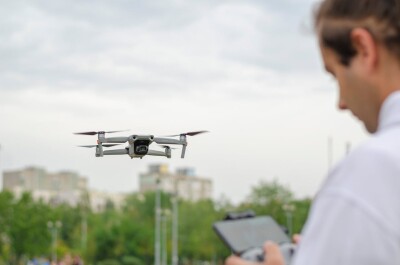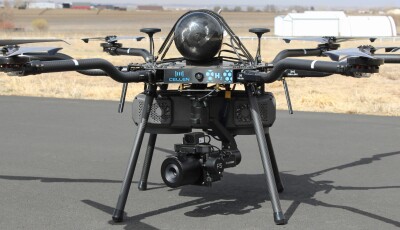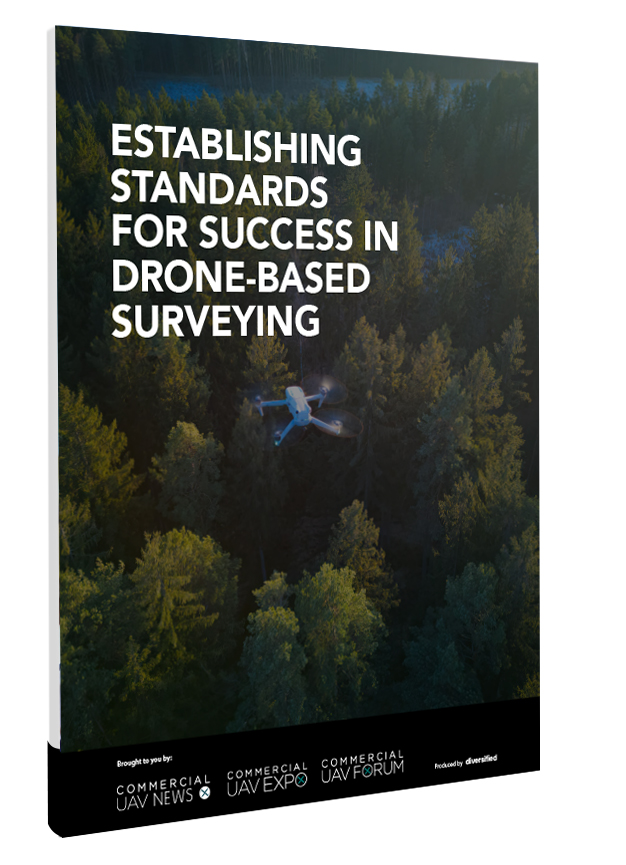All innovations, whether they are unmanned systems, aerial or otherwise, are supposed to improve efficiencies over existing operations or methods. By implication, these efficiencies must also help with cost, otherwise why pursue them?
In the case of advanced air mobility (AAM) or urban air mobility (UAM), as it was originally called, the idea is to create an alternative way to go from Point A to Point B in cities where ground traffic congestion creates a business case for rapid transportation by air of passengers and cargo. But how about the cost to the end user?
In a recent webinar organized by the Aviation Week Network, “Where Advanced Air Mobility and Airports Intersect: Enabling a New Air Transport Paradigm,” a group of four experts discussed the realities of AAM in the context of ground infrastructure, or vertiports.
What caught our attention from the animated discussion of the four experts, who were located across two different continents, is the fact that they all agree that this will not be an inexpensive service.
One specific company, Lilium has partnered with Ferrovial, a European global infrastructure operator, in the construction and eventual operation of 10 vertiports in the USA—one of which is in Tampa, Florida.
We found out during the webinar that the facilities at the Tampa vertiport were already under construction. During this construction phase, a few things came to light that, according to the panelists, will make the service expensive.
One great example of this potential cost increase is the manipulation of batteries for the Lilium eVTOL (electric vertical takeoff and landing) vehicles. As it happens, the Federal Aviation Administration (FAA) requires every person removing or servicing a battery in an aircraft registered in the USA (N-November) to have a valid mechanic license.
This is a big deal, since mechanic licenses from the FAA are not easy to obtain and they require a lot of work and investment, which makes the license holder an expensive employee. If every vertiport with facilities to exchange or service eVTOL batteries will have to have one or more FAA licensed mechanics, the possibilities for inexpensive aerial urban transportation became incredibly challenging.
Another huge factor affecting the ability of these companies to offer affordable rides relies on how the FAA certifies the vehicle. If the costs associated with certifying the eVTOL are similar to those associated with airplanes, the price of each seat on each flight will be higher. If the costs of certification are closer to that of cars, then the cost of aerial ride-sharing services might be affordable.
When Uber, the ride-sharing company, launched Uber Elevate (merged with Joby Aviation in December 2020), the idea was to create a service that would be accessible to everyone who was already an Uber customer and willing to pay a bit extra for a quick aerial ride to the airport to avoid traffic.
Today, a service exists in big metropolis like Mexico City, Sao Paulo, New York, and Los Angeles in which a helicopter takes passengers from downtown to their respective airports, but it is not for the masses and the prices range between $200 and $500 depending on the city and the time of day. These prices apply to helicopters with a capacity of six to eight seats, so for non-traditional aircraft with four seats the average cost might be even higher.
On the other side of the argument, maintenance for helicopters is the highest for all flying platforms, while the equivalent for eVTOLs should be relatively low, considering the technology is all based in simple electric motors and easy-to-replace components. eVTOLS could end up replacing helicopters in this scenario, considering the costs discussed above, but this is a very limited use case.
At the end of the day, we arrive at the same conclusion, if AAM is just another expensive way to get to the airport, it is destined to flop, like so many other technological promises of the last decade, but if it happens to lower the price of standard ground transportation at least one order of magnitude, the future of non-traditional aircraft and associated services is bright. We root for the latter, but this is the challenge that regulators, industry, and state and local governments will have to sort out if AAM is to become a solution to current transportation and urban congestion problems.















Comments